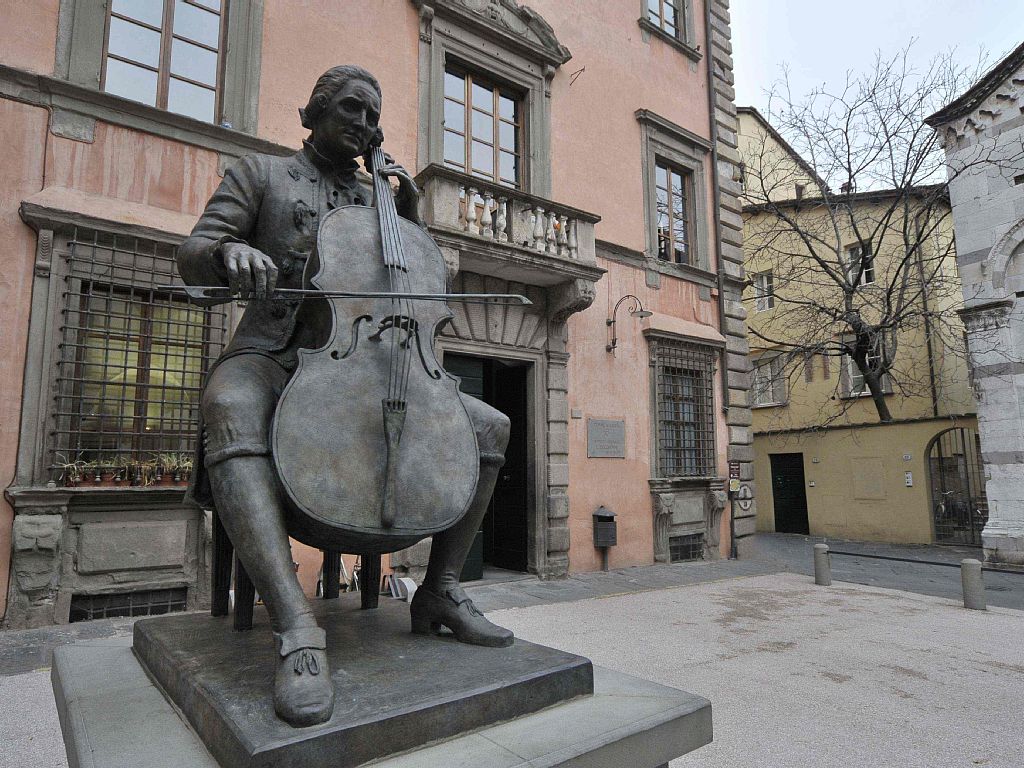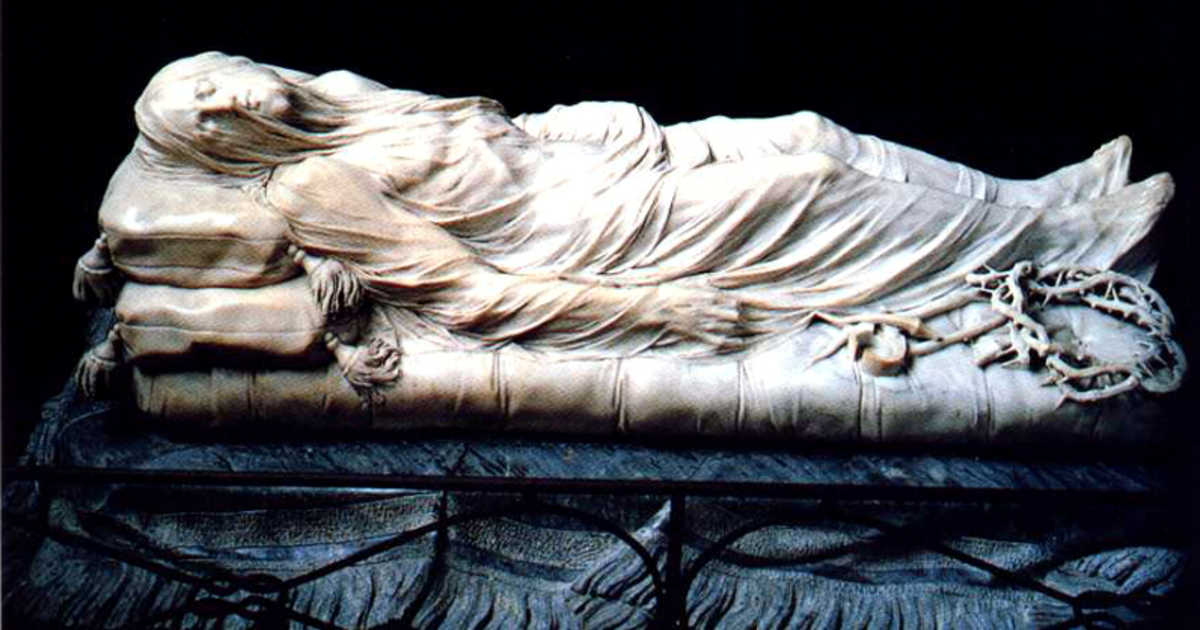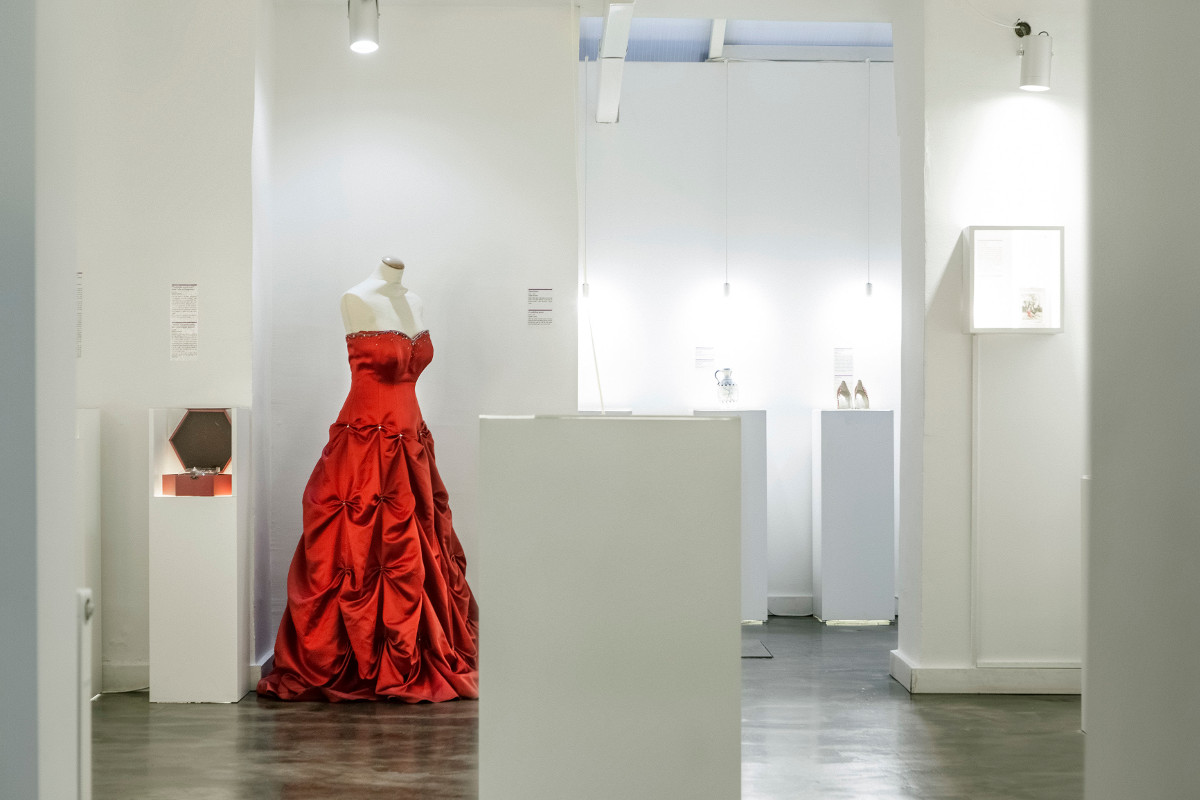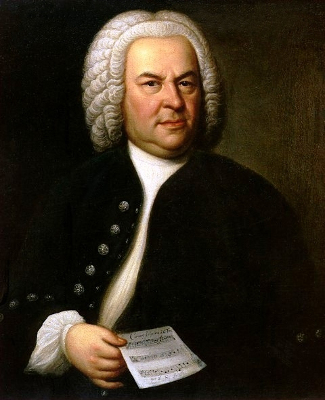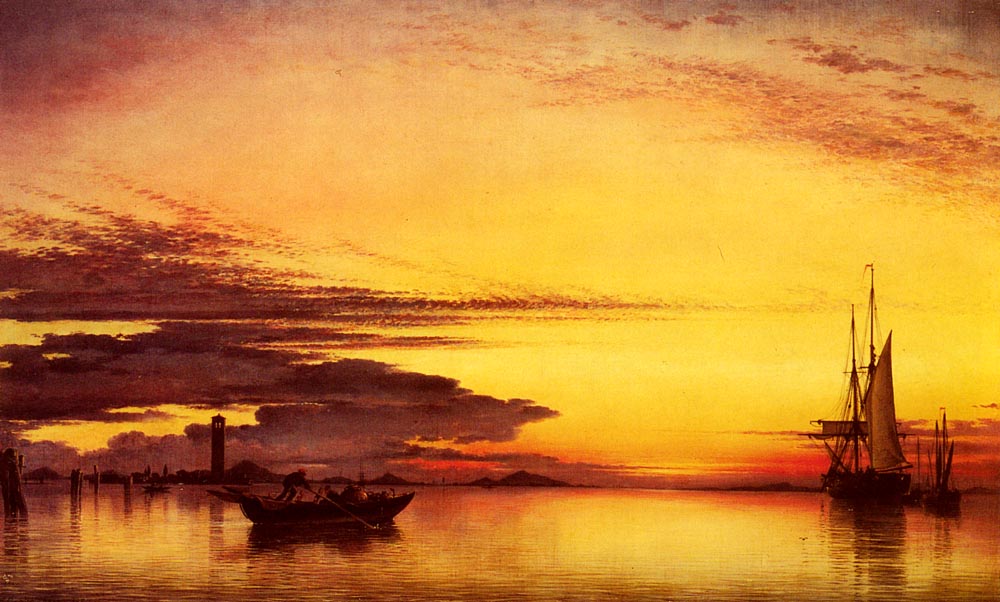
In his letters, Tchaikovsky comes to two contrary impressions of Venice in the space of three years:
April 17, 1874: “Now I will tell you about Venice. It is a place in which — had I to remain for long — I should hang myself on the fifth day from sheer despair. The entire life of the place centres in the Piazza San Marco. To venture further in any direction is to find yourself in a labyrinth of stinking corridors which end in some cul-de-sac, so that you have no idea where you are, or where to go, unless you are in a gondola. A trip through the Canale Grande is well worth making, for one passes marble palaces, each one more beautiful and more dilapidated than the last. In fact, you might suppose yourself to be gazing upon the ruined scenery in the first act of Lucrezia. But the Doge’s Palace is beauty and elegance itself; and then the romantic atmosphere of the Council of Ten, the Inquisition, the torture chambers, and other fascinating things. I have thoroughly ‘done’ this palace within and without, and dutifully visited two others, and also three churches, in which were many pictures by Titian and Tintoretto, statues by Canova, and other treasures. Venice, however — I repeat it — is very gloomy, and like a dead city. There are no horses here, and I have not even come across a dog.”
November 16, 1877: “Venice is a fascinating city. Every day I discover some fresh beauty. Yesterday we went to the Church of the Frati, in which, among other art treasures, is the tomb of Canova. It is a marvel of beauty! But what delights me most is the absolute quiet and absence of all street noises. To sit at the open window in the moonlight and gaze upon S. Maria della Salute, or over to the Lagoons on the left, is simply glorious! It is very pleasant also to sit in the Piazza di San Marco (near the Café) in the afternoon and watch the stream of people go by. The little corridor-like streets please me, too, especially in the evening when the windows are lit up. In short, Venice has bewitched me … To-morrow I will look for a furnished apartment.”
(Thanks, Charlie.)
